class iii malocclusion treatment options
Growth modification dental camouflage and once growth has ceased orthognathic surgery. Class III malocclusions are the least common type of malocclusion yet they are often more complicated to treat and more likely to require orthognathic surgery for optimal correction.

Non Surgical Compensation Of Skeletal Class Iii Malocclusions Oral Health Group
The prevalence of Class III malocclusions is approximately 1 to 5 in white populations.

. 1 The reported incidence of this malocclusion ranges between 1 to 19 with the lowest among the Caucasian populations 23 and the highest among the Asian populations. But it doesnt affect your bite that much and can be fixed with minor malocclusion treatment. An Invisible Approach to Correct Mild Skeletal Class III Malocclusion.
In Class III malocclusion the overjet is reduced and may be reversed with one or more incisor teeth in lingual crossbite. Growth modification dentoalveolar compensation and orthognathic surgery. The treatment options are limited to either orthognathic surgery or a nonsurgical compensatory approach13 Nongrowing patients presenting with.
In Class III malocclusion originating from mandibular prognathism orthodontic treatment in growing patients is not a good choice and in most cases orthognathic. The choice of treatment options of Class III malocclusion depends on the age of the patient the pattern of malocclusion and the severity of malocclusion. In contrast in adulthood the only treatment options are orthodontic or surgery camouflage.
Class 1 malocclusion is an overlap of upper teeth over the lower teeth. Journal of Pharmacy and Bioallied Sciences. 1 Treating such cases becomes much more challenging when the patient rejects surgery due to fear cost or esthetic concerns but continues to expect a good result.
The following means are the possible treatment choices. Class III Treatment Approaches Using Multipurpose Implant Anchorage. There are three main treatment options for skeletal class III malocclusion.
Dental class 3 malocclusion. Growth modification dentoalveolar compensation orthodontic camouflage and orthognathic surgery. Class III malocclusion is one of the most challenging problems confronting the orthodontist 9-11.
It seems that the most important factor for treatment of Class III malocclusion in growing patient is case selection. The modified Balters Bionator III 15 exhibits differences from the original version with deeper and wider lingual wings acrylic vestibular lateral shields extending deep into the upper fornix upper. The reverse Bionator or Bionator III a modified form of the traditional Bionator is used in the treatment of Class III malocclusion cases.
Several treatment options have been proposed for these types of cases 23. Malocclusion is the term for a skewed relationship between the positioning of the teeth with the jaw closed. The right treatment is determined based on the origin of the malocclusion and the severity of the problem.
The teeth lean towards the tongue in type 1. A class 3 malocclusion can cause many issues because it makes it difficult for a person to bite properly and it can cause some self-esteem concerns. The aim of this study is to analyze the current therapeutic strategies for the treatment of Class III malocclusion in growing patients.
Here are the treatment options. Treatment Options for Class III Malocclusion in Growing Patients with Emphasis on Maxillary Protraction. It seems that the most important factor for.
Growth modification should be commenced before the pubertal growth spurt after this spurt only the latter two options are possible. In this review article we described the treatment options for Class III malocclusion in growing patient with an emphasis on maxillary protraction. Originally Class III malocclusions were thought to arise primarily from an.
The relative mesio-distal relations of the jaws and dental arches are abnormal where the mandibular teeth occlude the maxillary teeth mesial to. Malocclusion is diagnosed early a lot of treatment modalities will be available. Class 3 Malocclusion treatment options.
This type of malocclusion involves a number of cranial base and maxillary and mandibular skeletal and dental compensation components. In this review article we described the treatment options for Class III malocclusion in growing patient with an emphasis on maxillary protraction. In skeletal Class III cases it may be difficult to achieve an excellent occlusal outcome only with orthodontic treatment and to maintain a stable posttreatment occlusion.
O ptimal treatment of a Class III malocclusion with skeletal disharmony requires orthognathic surgery complemented by orthodontics. It is very difficult to diagnose and treat Class III malocclusion. There are several different treatments that can be used to correct class 3 malocclusions.
Class 1 malocclusion of teeth has 3 types. Class 3 Malocclusion Treatment Options. Introduction Etiologic factors for Class III malocclusions include a wide.
This type of malocclusion involves a number of cranial base and maxillary and mandibular skeletal and dental compensation components. The National Health and Nutrition Examination Survey reveals that a large percentage of the population has a malocclusionThat means that many people in the world have ill-positioned teeth. In Class III malocclusion originating from mandibular prognathism orthodontic treatment in growing.
It is very difficult to diagnose and treat Class III malocclusion. The nongrowing Class III malocclusion patient it is essential to evaluate the magnitude of skeletal involvement the facial profile and the patients goals. It happens due to prolonged bottle use or thumb sucking in childhood.
Class III malocclusions are considered to be among the most challenging orthodontic problems to treat. Firstly if you suspect that you or your child may have a class 3 malocclusion it is important to get more information on the subject. There are three main treatment options for skeletal Class III malocclusion.
Class II and Class iII malocclusion management in orthodontics treatment options and choices SlideShare uses cookies to improve functionality and performance and to provide you with relevant advertising. Class III malocclusion is considered to be one of the most difficult and complex orthodontic problems to treat. Prevalence of class III malocclusion in Caucasians ranges from 08 to 40 and rises up to 1213 in Chinese and Japanese populations while in North Indian population class III malocclusion is found in up to 34 of the population13.
Melih Motro in Esthetics and Biomechanics in Orthodontics Second Edition 2015. In the early mixed dentition and in older patients with mild skeletal discrepancies orthodontic treatment usually involves proclining the maxilliary anterior teeth into positive overjet.

Orthodontic Treatment Of A Skeletal Class Iii Malocclusion With Severe Root Resorption Of The Maxillary Anterior Teeth Autotransplantation Using A 3 Dimensional Printed Replica Of The Donor Tooth American Journal Of Orthodontics

References In Angle Class Iii Malocclusion Treated With Mandibular First Molar Extractions American Journal Of Orthodontics And Dentofacial Orthopedics
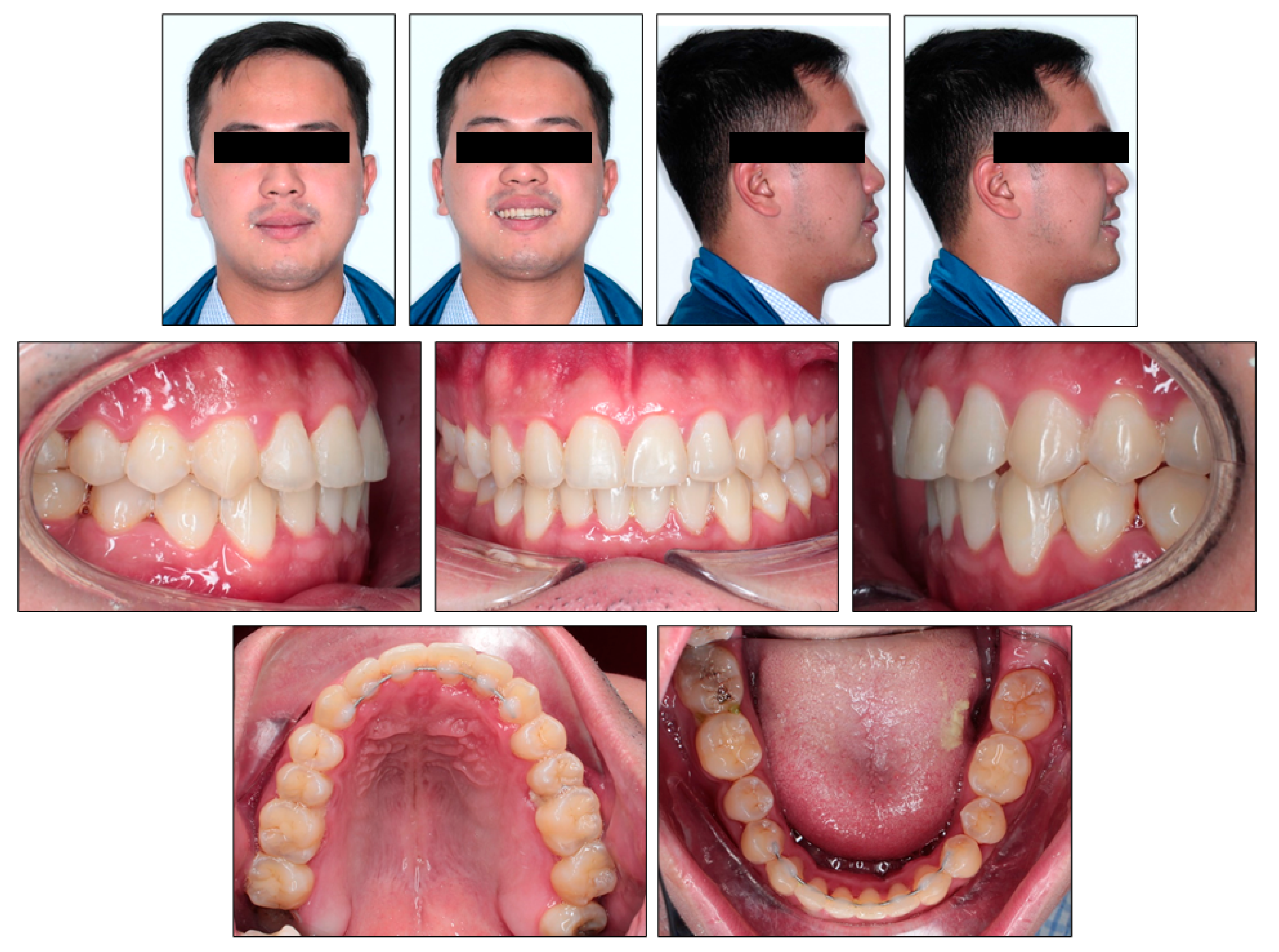
Ijerph Free Full Text Skeletal Class Iii Malocclusion With Lateral Open Bite And Facial Asymmetry Treated With Asymmetric Lower Molar Extraction And Lingual Appliance A Case Report Html

Class Iii Treatment Photos Orthodontics Cary Nc Clayton Nc
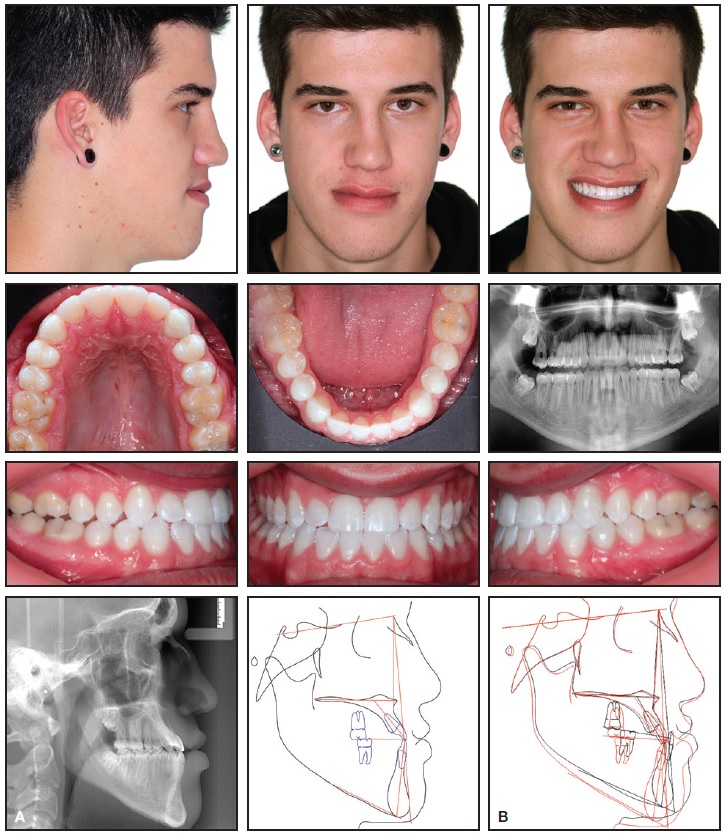
Nonsurgical Correction Of Severe Skeletal Class Iii Malocclusion Jco Online Journal Of Clinical Orthodontics

An Example Of An Adult Class Iii Malocclusion With Moderate Skeletal Download Scientific Diagram
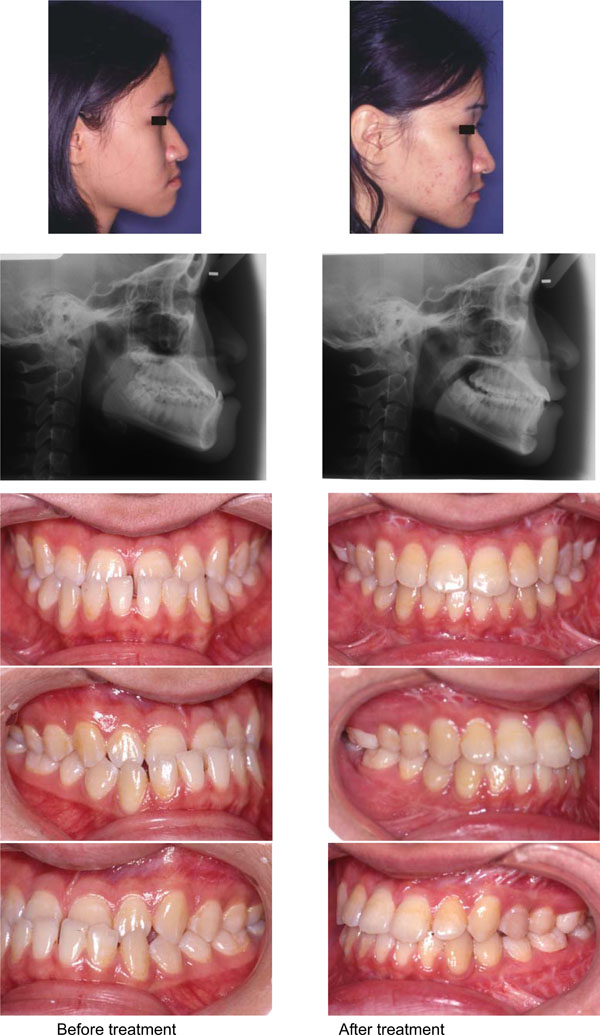
Treatment In Borderline Class Iii Malocclusion Orthodontic Camouflage Extraction Versus Orthognathic Surgery

Nonsurgical Correction Of Severe Skeletal Class Iii Malocclusion Jco Online Journal Of Clinical Orthodontics
Class Iii Camouflage With Mandibular Bicuspid Extraction Orthodontic Products

A 10 Year Old Male Patient With A Severe Class Iii Malocclusion Download Scientific Diagram
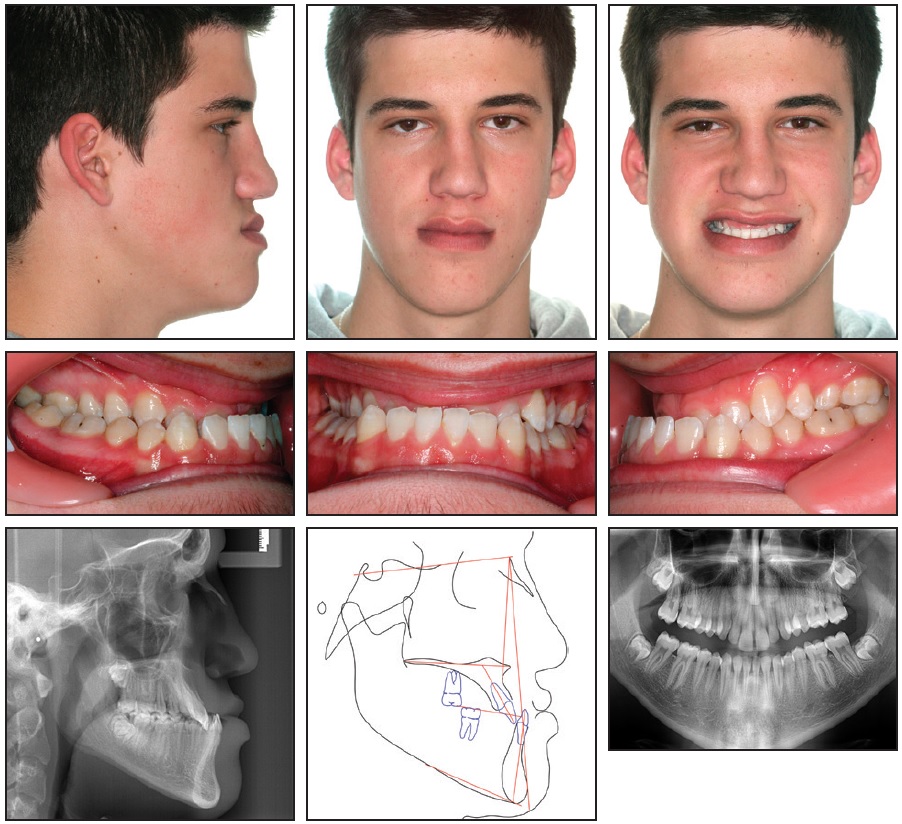
Nonsurgical Correction Of Severe Skeletal Class Iii Malocclusion Jco Online Journal Of Clinical Orthodontics

Treatment For Class Iii Malocclusion Pocket Dentistry

Nonextraction Treatment Of A Skeletal Class Iii Malocclusion American Journal Of Orthodontics And Dentofacial Orthopedics

Class Iii Treatment Photos Orthodontics Cary Nc Clayton Nc
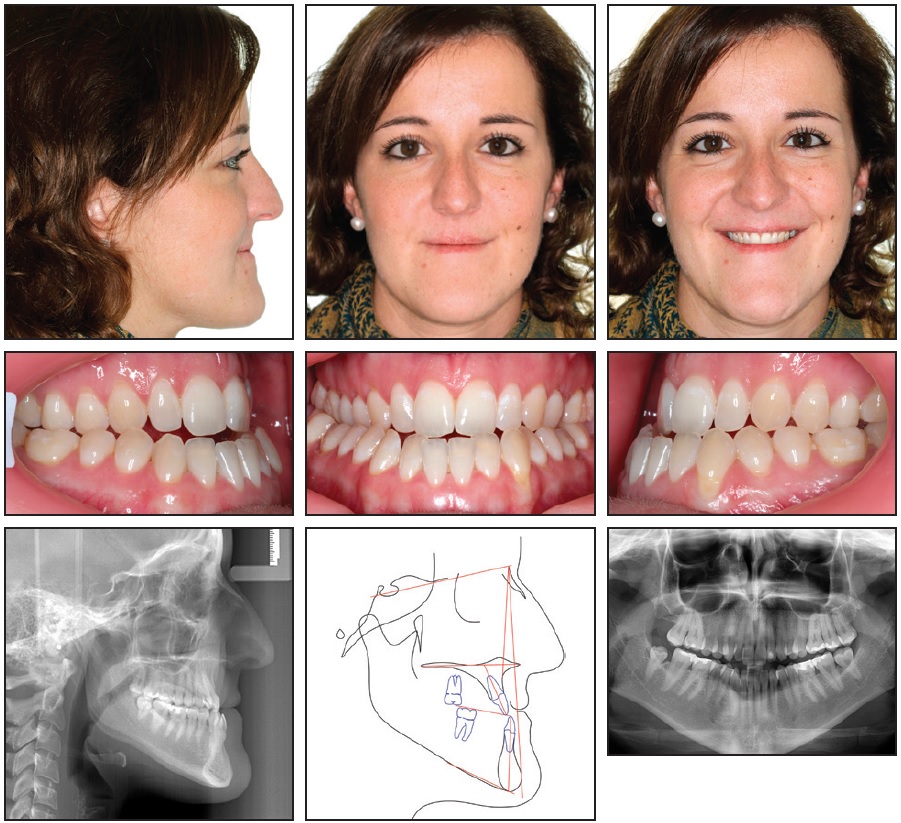
Nonsurgical Correction Of Severe Skeletal Class Iii Malocclusion Jco Online Journal Of Clinical Orthodontics
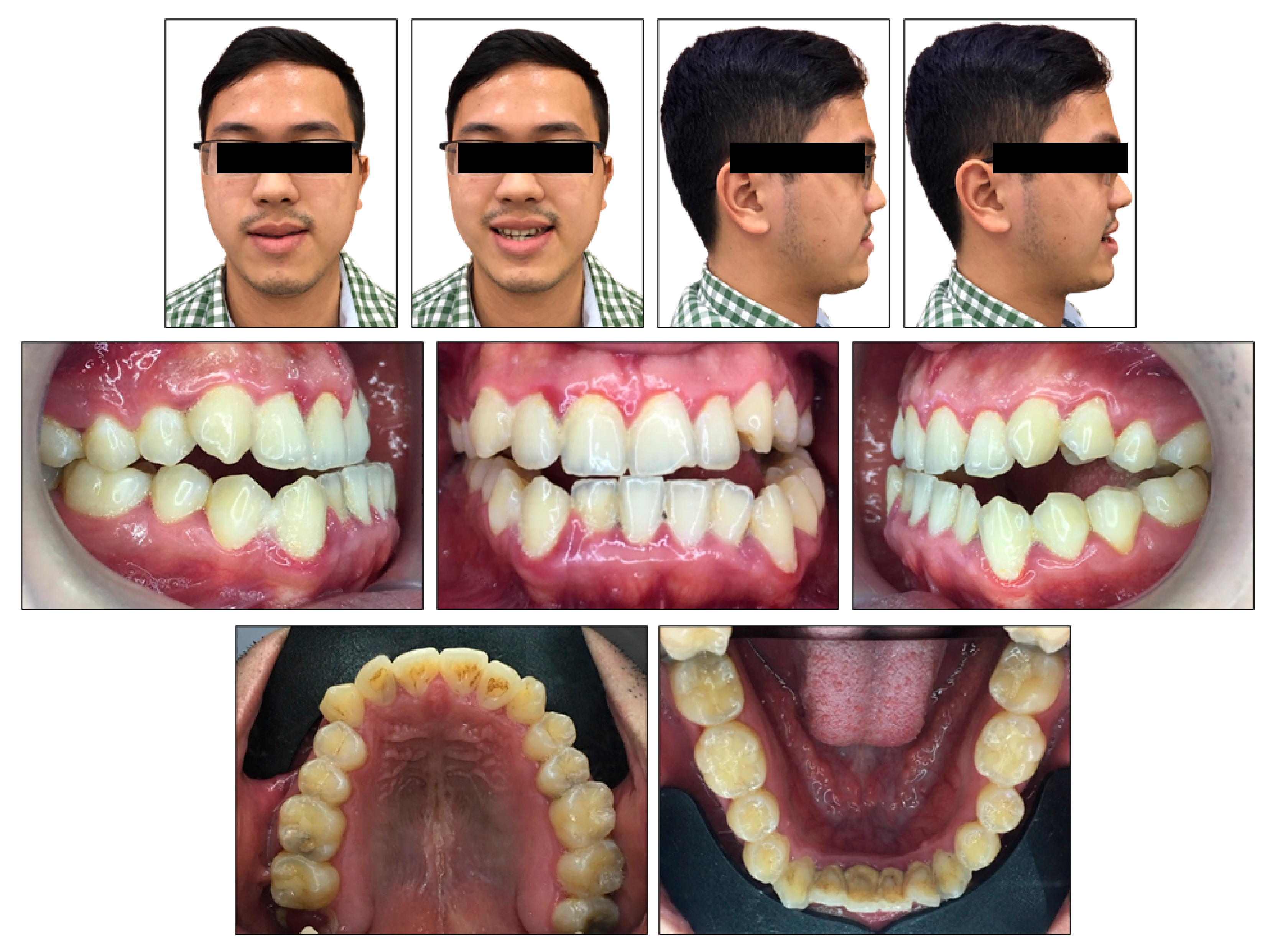
Ijerph Free Full Text Skeletal Class Iii Malocclusion With Lateral Open Bite And Facial Asymmetry Treated With Asymmetric Lower Molar Extraction And Lingual Appliance A Case Report Html

Non Surgical Compensation Of Skeletal Class Iii Malocclusions Oral Health Group
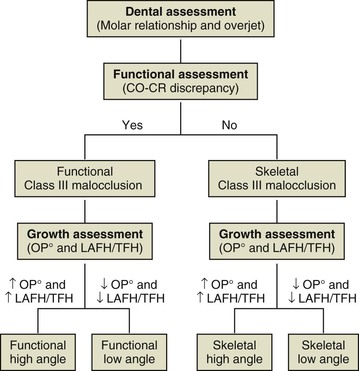
14 Treatment Strategies For Developing And Nondeveloping Class Iii Malocclusions Pocket Dentistry
